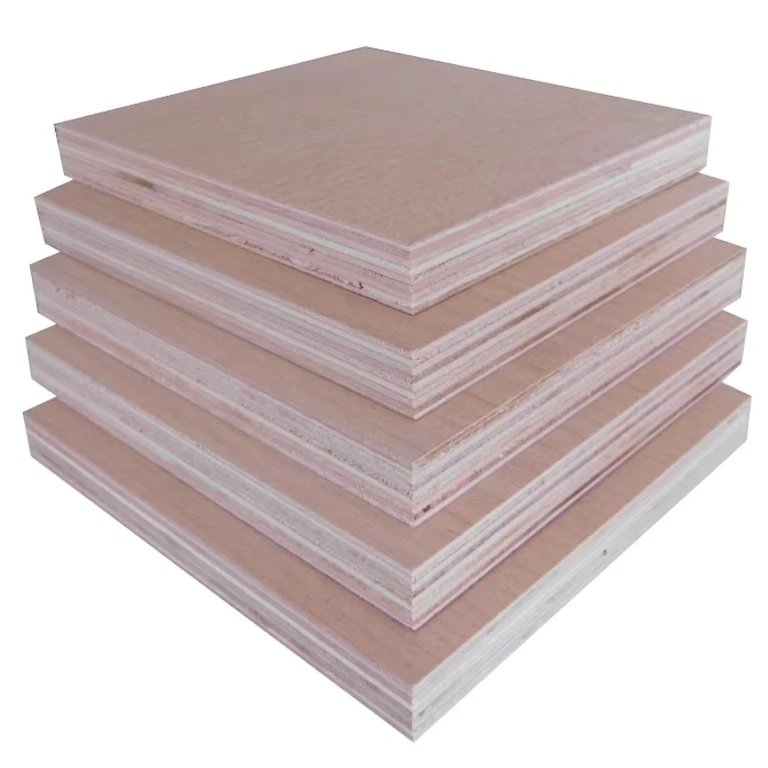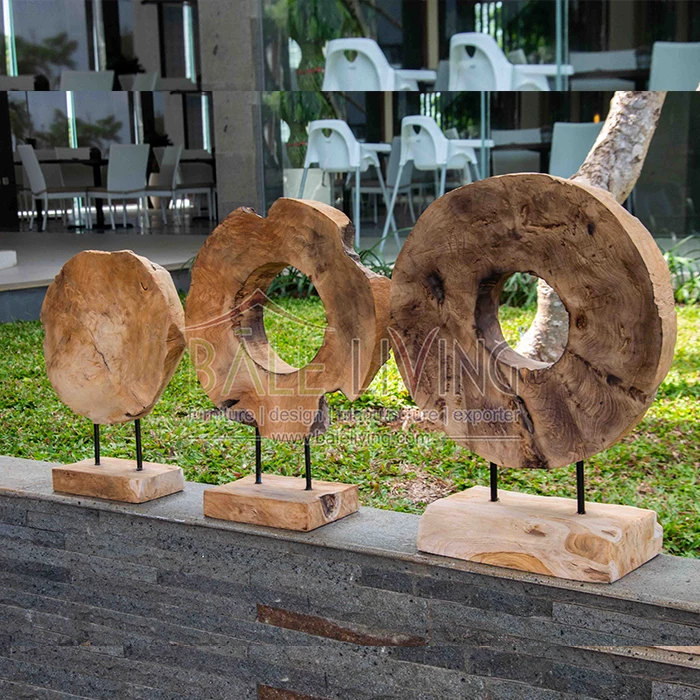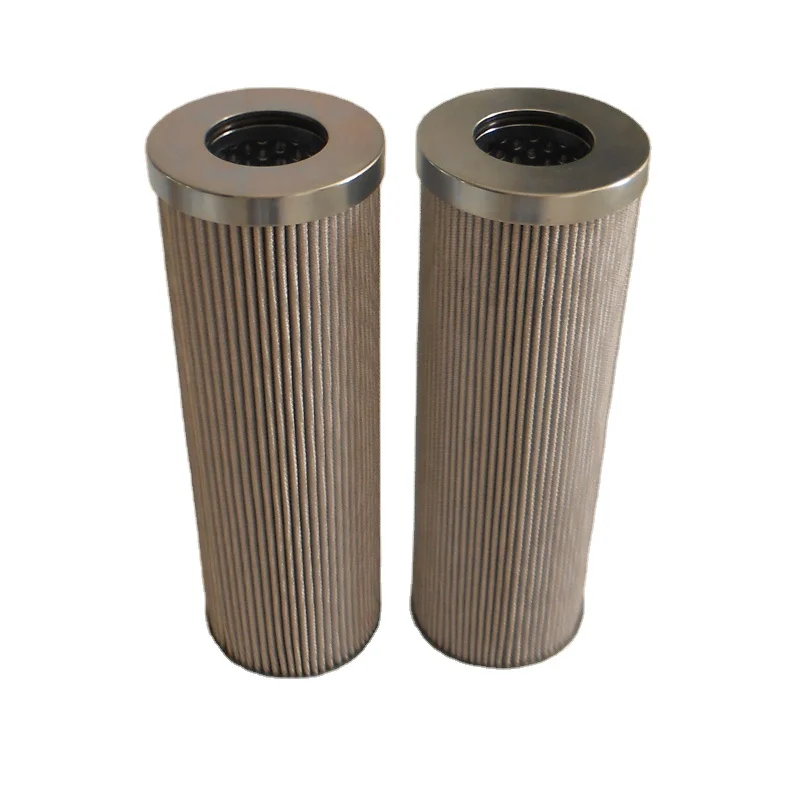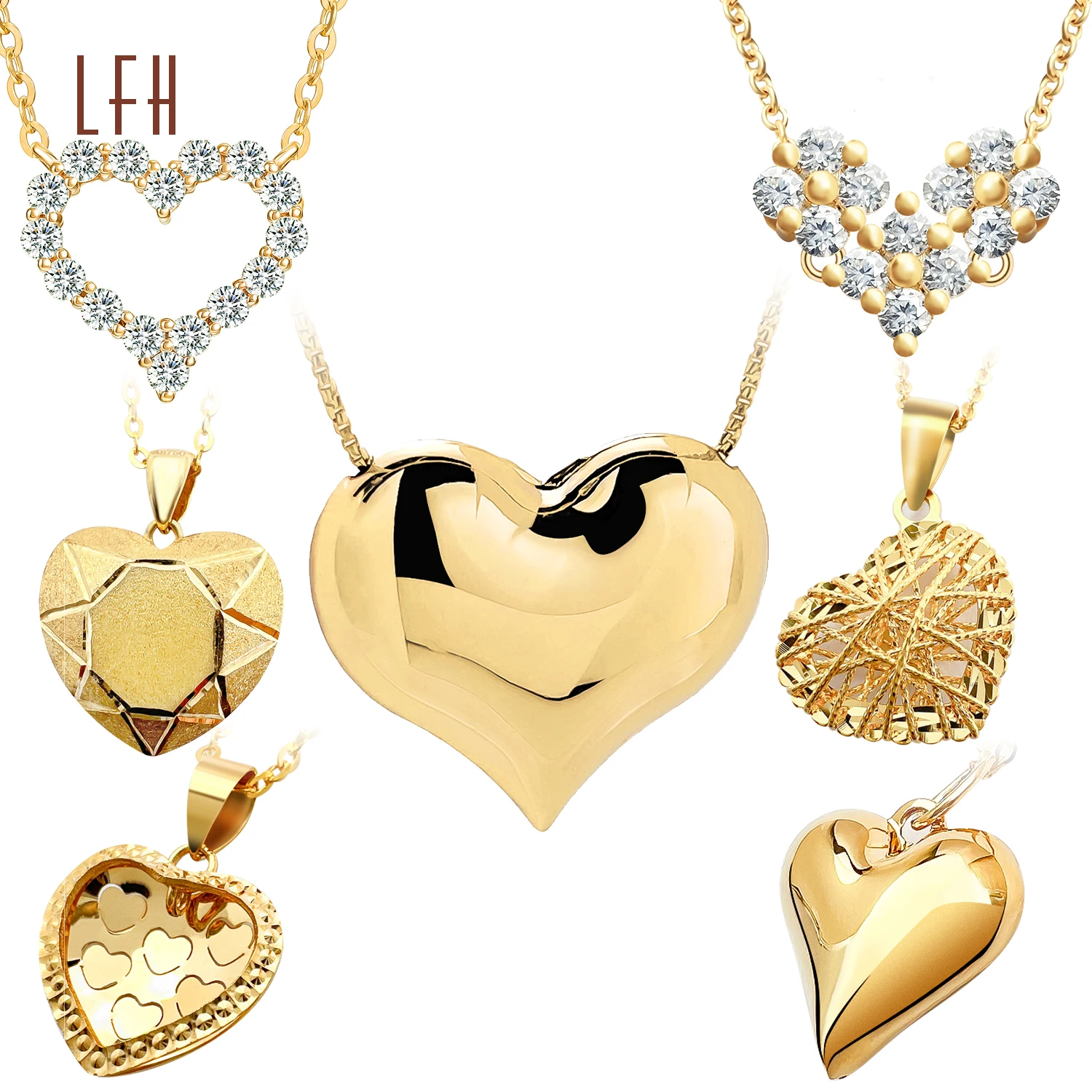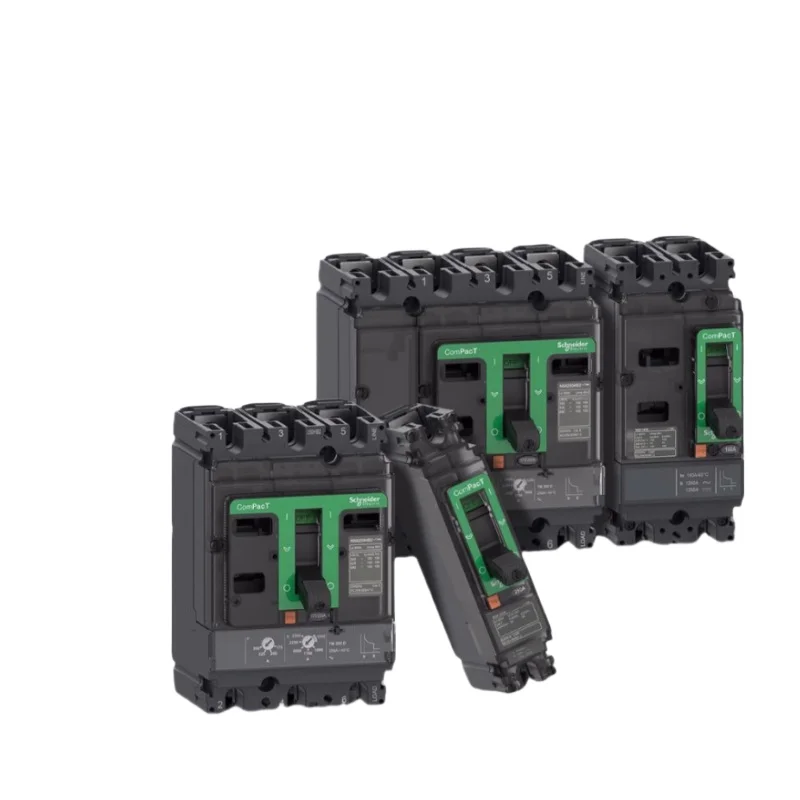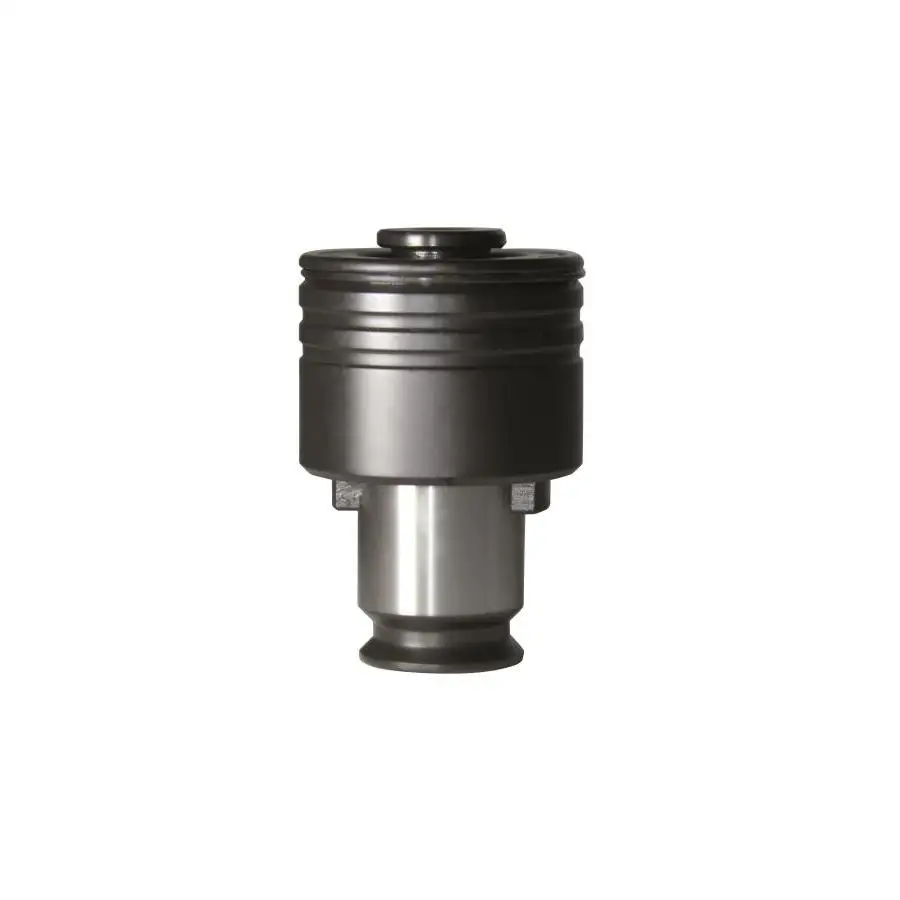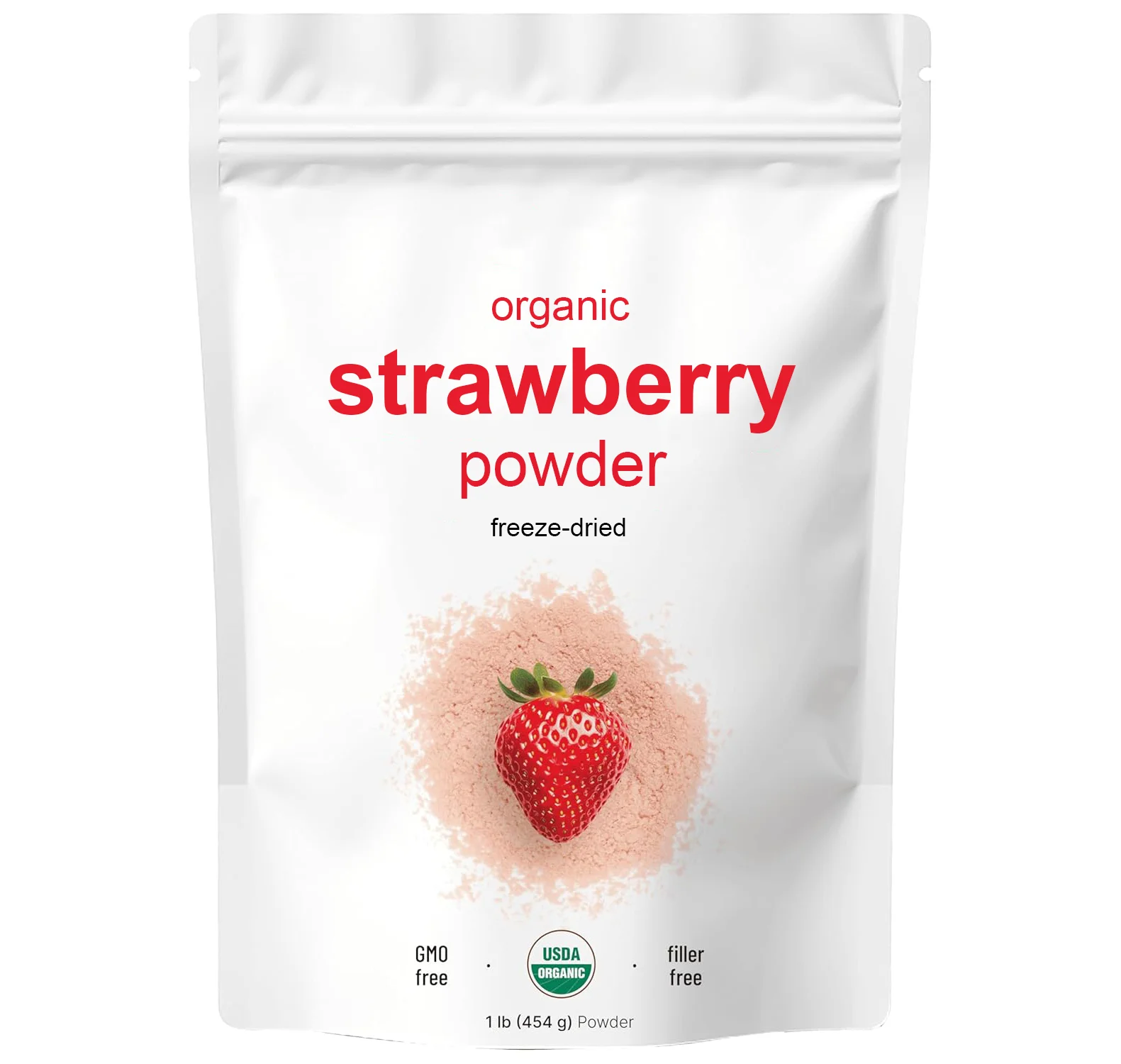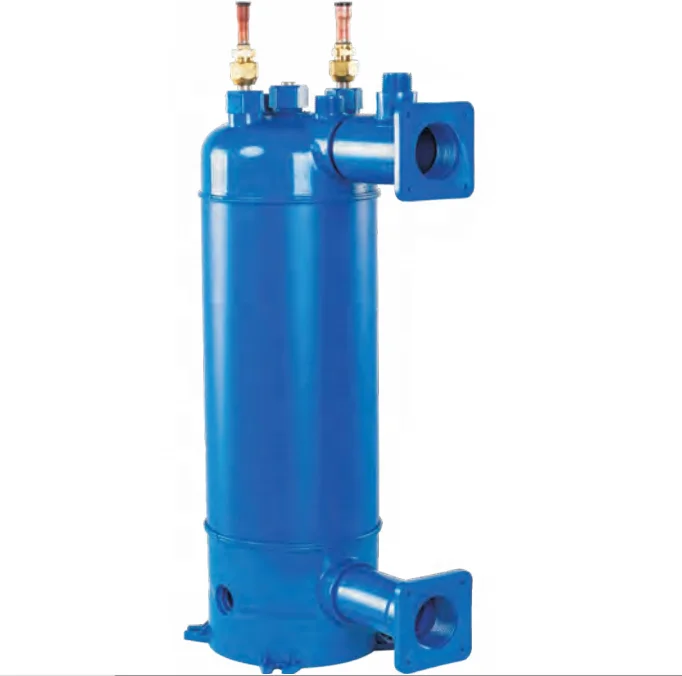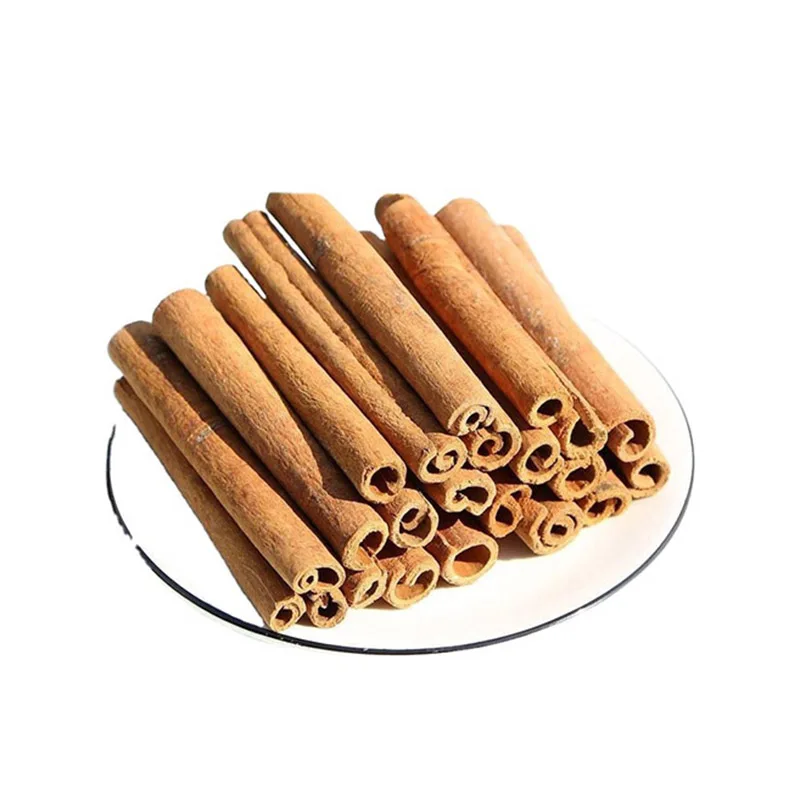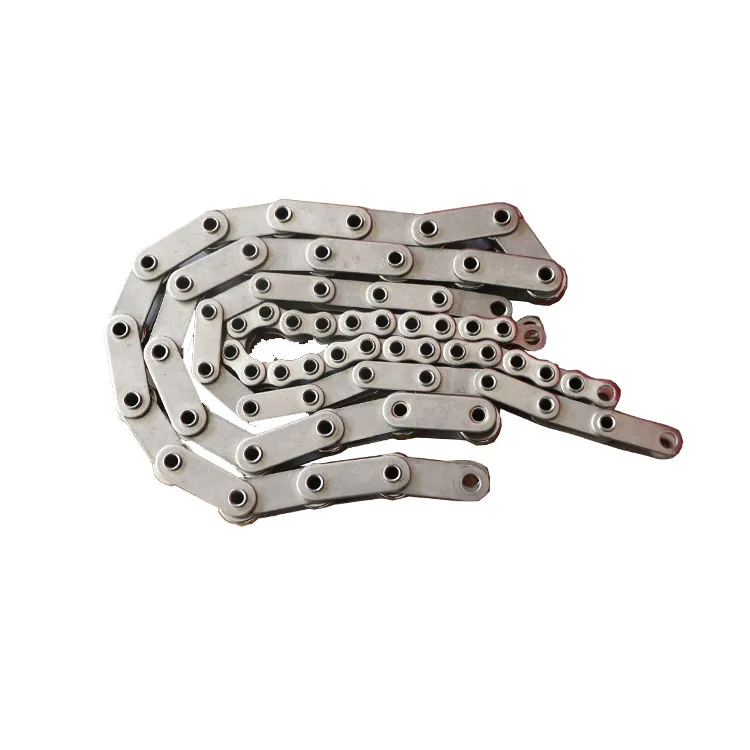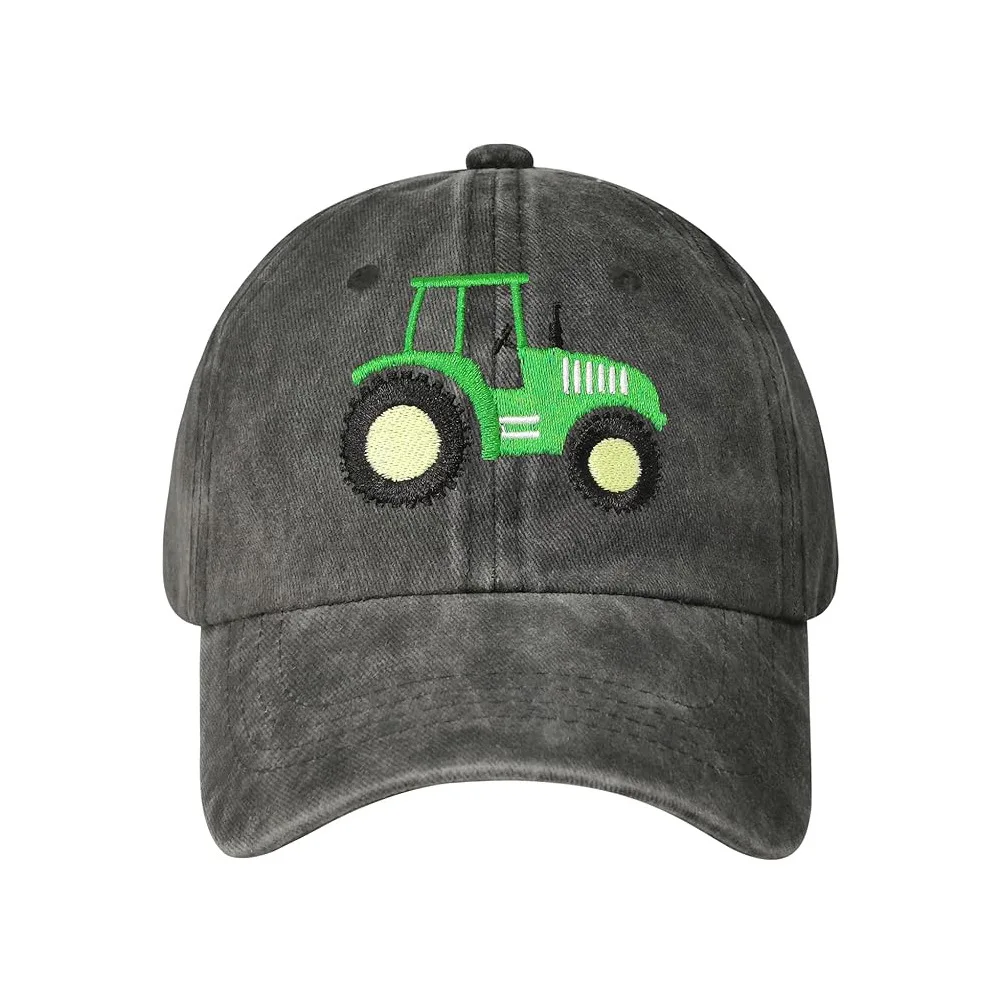Промышленная фанерная доска для деревянной
- Категория: >>>
- Поставщик: Shouguang Muhong Import And Export Trade Co. Ltd.
Сохранить в закладки 1601227871237:
Описание и отзывы
Характеристики
Product name | Melamine Plywood | ||
Thickness | 2.0mm - 30mm | ||
Size | 1220*2440mm(4'X8'), 1220*2150mm(4'X7'), 1220*1830mm(4'X6'), | ||
Core material: | Poplar, Hardwood, Eucalyptus or Combi Core | ||
Face/Back | all colour of melamine paper | ||
Thickness tolerance | +/- 0.2mm ~ 0.5mm | ||
glue | MR, E1, E2, E0, Melamine, WBP(phenolic) | ||
Mositure content | < 14% | ||
Density | 500 - 650KGS/M3 | ||
Grade | AA | ||
Usage | Furniture, construction, decoration, door, flooring, packing, curving, etc | ||
packing | Inner: with 0.2mm plastic bag. | ||
Production capacity | 30000 Cubic Meter/Cubic Meters Per Week | ||
Minimum Order | 1*20'container | ||
Loading quantity | Loose in 20' container | 25.7CBM | |
20' container | 8pallets/21.43M3 | ||
40' container | 16pallets/43M3 | ||
40' high cube | 18pallets/52M3 | ||
Payment Terms | 1. Irrevocable L/C at sight | ||
Delivery Time | usually 15-20 days after we receive the deposit or original L/C | ||





1.What materials are used to make plywood?
Plywood is made from thin layers of wood veneer, which are glued together with adjacent layers having their wood grain rotated up to 90 degrees to each other. This cross-graining improves strength and reduces the potential for warping.
2.What are the common sizes and thicknesses of plywood available?
Plywood typically comes in standard sizes such as 4×8 feet and thicknesses ranging from 1/8 inch to 1 inch. Custom sizes and thicknesses are also available upon request.
3.What are the different grades of plywood?
Plywood is graded based on its appearance and quality. Common grades include A, B, C, and D, with A being the highest quality with minimal defects, and D having more visible defects.
4.What are the common uses of plywood?
Plywood is widely used in construction (e.g., sheathing, flooring, roofing), furniture making, cabinetry, and various industrial applications due to its versatility and strength.
5.How do I ensure the quality of the plywood I purchase?
Check for certifications , inspect the plywood for visible defects, and ensure that it meets the relevant industry standards (e.g., CARB Phase 2 for formaldehyde emissions). Buying from reputable suppliers also guarantees higher quality.
6.What are the advantages of using plywood?
Plywood offers several advantages including high strength and stability, versatility, cost-effectiveness, and better use of wood resources. It is also available in a wide range of sizes and thicknesses to suit different applications.
Похожие товары
Лучшие аксессуары качественное кольцо из тикового дерева для украшения
Гидравлический масляный фильтр HP320 заменяемый элемент фильтра
18k золото настоящее сердце кулон ожерелье очарование ожерелье из твердого золота ювелирные изделия 18k Настоящее золото ювелирные изделия 18k сердце кулон
Экструзионная линия для производства мороженого
Китайские дешевые пустые тапочки в африканском стиле мужские шлепанцы с принтом % 27s + резиновые машина для изготовления
Металлические мешалки для
Вольфрамовая сталь черная Автомобильная виниловая пленка хромированная зеркальная без
Новые поступления
Новинки товаров от производителей по оптовым ценам
